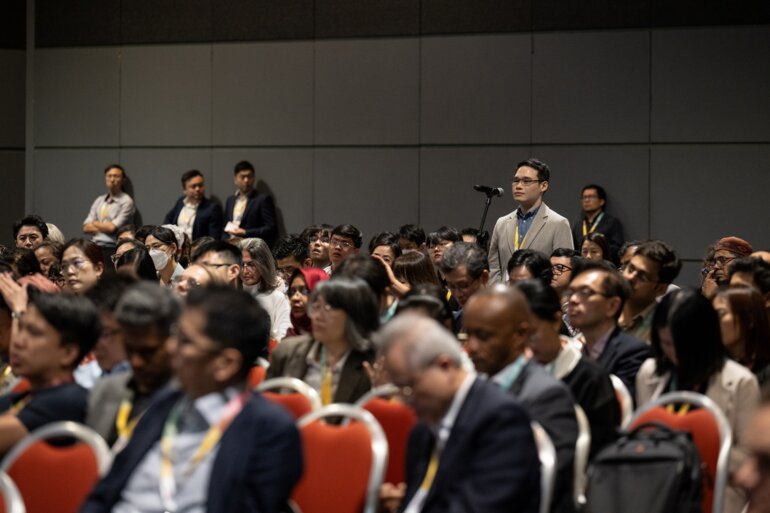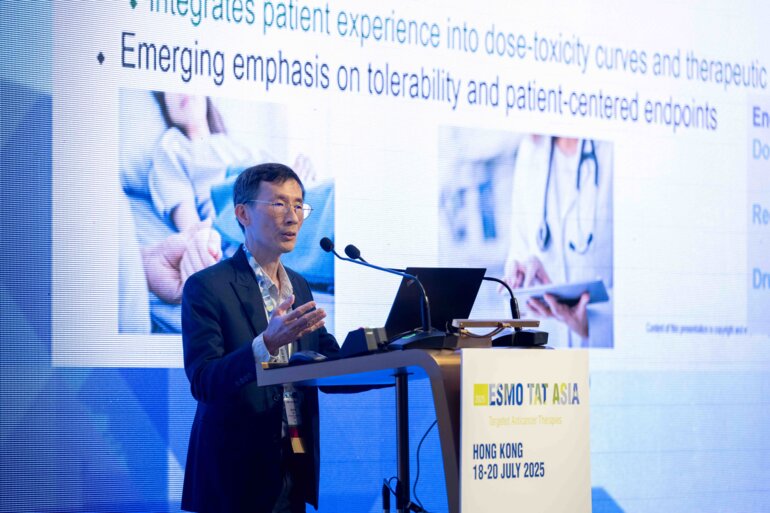A new level of sophistication, namely genome editing, is now available to help overcome previous hurdles with adoptive T-cell therapies
It has been clearly demonstrated that by redirecting T-cell specificity towards selected tumour-associated antigens, T cells can have cytotoxic capabilities. Early approaches involving ex vivo expansion and reinfusion of tumour-infiltrating lymphocytes evolved into gene-transfer methods and the insertion of either chimeric antigen receptors (CARs) or transgenic T-cell receptors (TCRs). These latter methods have shown unprecedented clinical results, particularly in B-cell malignancies, but there remain challenges that need to be overcome to further improve long-term responses in additional haematological malignancies and in solid tumours.
As such, genetic instability can lead to immunological escape, resulting in cancer cells that are antigen negative and not recognised by CAR-T cells. In addition, a plethora of inhibitory mechanisms orchestrates the tumour microenvironment to shut down the natural immune response quickly. The immune system has the potential to produce long-lasting effects like childhood vaccinations resulting in immunity that persists for many years: this is one of the features that needs to be improved with the next generation of T-cell therapies. Having knowledge of these hurdles and the tumour biology surrounding them will help in further advancement.
Genome editing adds an extra level of sophistication because, in addition to insertions, genes can be disrupted or substituted, opening up a wide new range of possibilities to manipulate the immune system. With my lab colleagues, we have been trying to identify TCRs specific for shared oncogenic antigens and to develop manufacturing protocols that are able to redirect T-cell specificity while preserving T-cell fitness. In our recent study, we isolated T-cells specific for Wilms' tumour antigen 1 (WT1), which is overexpressed by several tumour types, from healthy donors and several TCRs were identified and sequenced (Sci Transl Med. 2022;14:eabg8027). The high-avidity WT137–45 TCR was identified as a candidate peptide and CRISPR-Cas9 editing was used to target WT137–45-specific TCR sequences to the TCR α constant (TRAC) locus with TCR β constant (TRBC) knockout to avoid TCRαβ mispairing and maximise TCR expression and function. The engineered lymphocytes were found to be enriched in memory stem T cells. In addition, the WT137–45-specific TCR showed antigen-specific responses and was cytotoxic against acute myeloid leukaemia (AML) blasts, acute lymphoblastic leukaemia blasts and glioblastoma cells in vitro and in vivo, without off-tumour toxicity. These engineered T cells are being advanced into clinical development for AML and may be valuable in the treatment of other WT1-expressing tumours.
As shown in this example, we have the biological understanding and the genome editing tools available now to perform many different modifications – all the pieces are ready to be combined.
Don't miss:
Cancer immunotherapy with genome edited T cells. MAP 2022
Keynote Lecture 15.10.22, h. 13:55 – 14:25, Auditorium.
Watch the session on demand on the Congress virtual platform.







